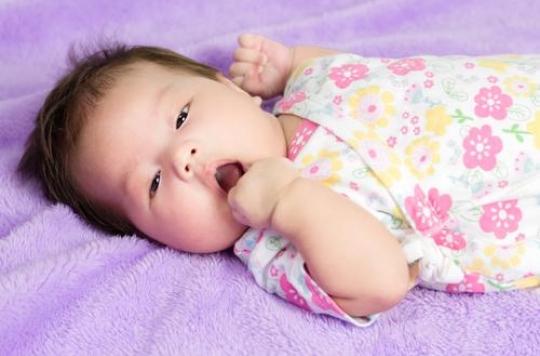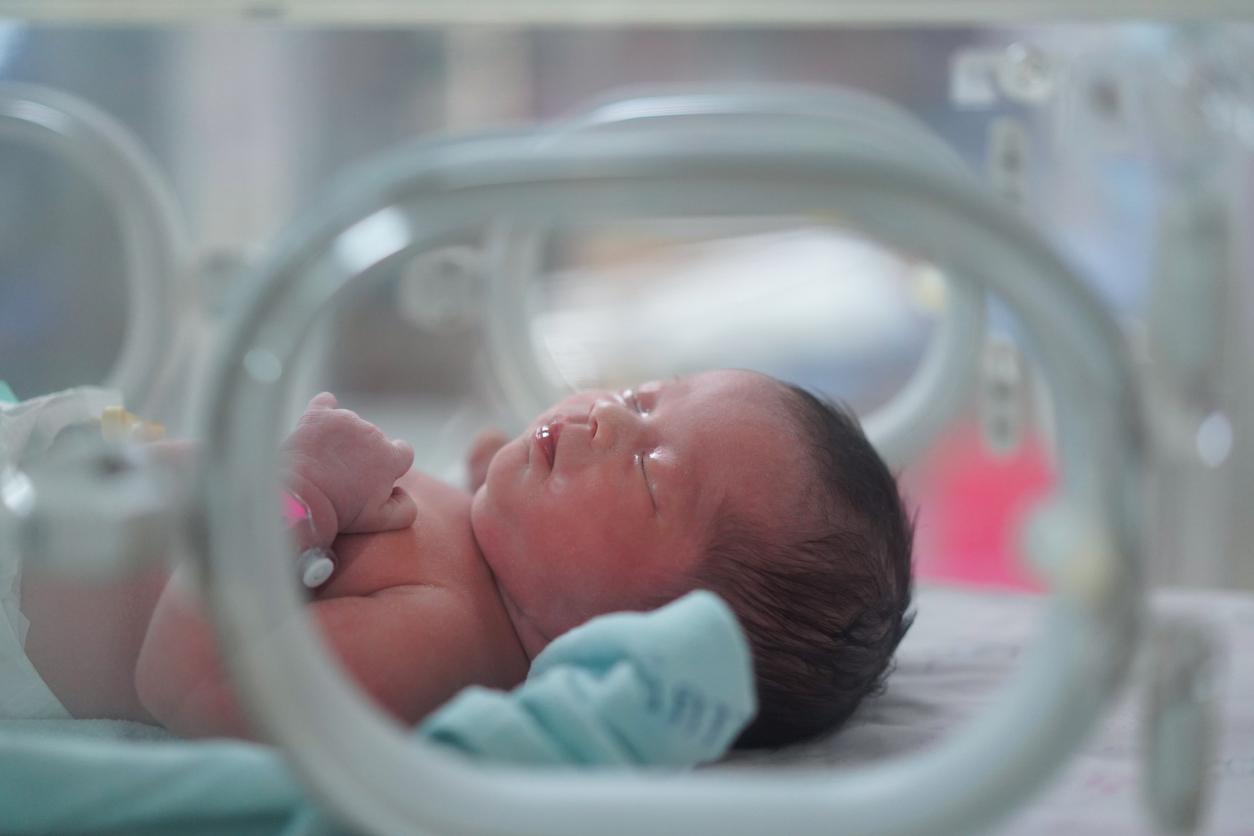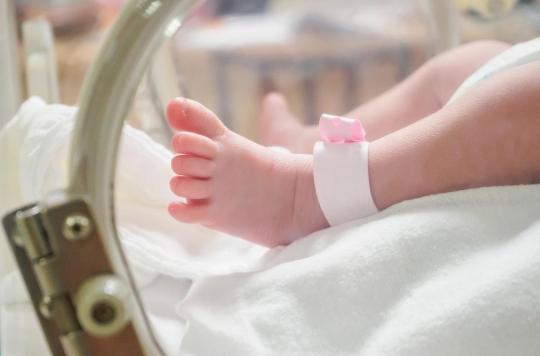Within fifty years, Japan will have lost nearly a third of its population, according to national demographic projections.

Japanese demographics are worrying. The Japanese archipelago is facing the programmed decline of its ever smaller population. From 126.9 million inhabitants in 2016, Japan is expected to drop to just 88 million people by 2065, a drop of nearly a third (30%) of its population.
In any case, this is what the Japanese demographic institutes predict. The National Institute for Population and Social Security Research, affiliated with the Japanese government, cites the data in a recent report. They confirm very pessimistic projections since 2008 and the peak population (128.08 million) reached by the country.
Low birth rate
Since then, the demographics have steadily declined. At issue: a particularly low birth rate (1.4 children per woman, one of the lowest rates in the world), which was illustrated in 2016, the year in which the number of births fell below the symbolic million mark.
In addition, Japan has the highest life expectancy in the world: 80.5 years for men and 86.8 for women in 2015. Finally, the country has very limited immigration. , which prevents the renewal of the population.
Challenge: 100 million
Shinzo Abe’s government has challenged itself to keep its population above the 100 million mark until 2060 … which may be complicated. According to the report, the population is expected to be less than 100 million people around the year 2053.
Japan’s aging population also poses a threat to the healthcare system, the report points out, as Japan faces sluggish economic growth.
.

















